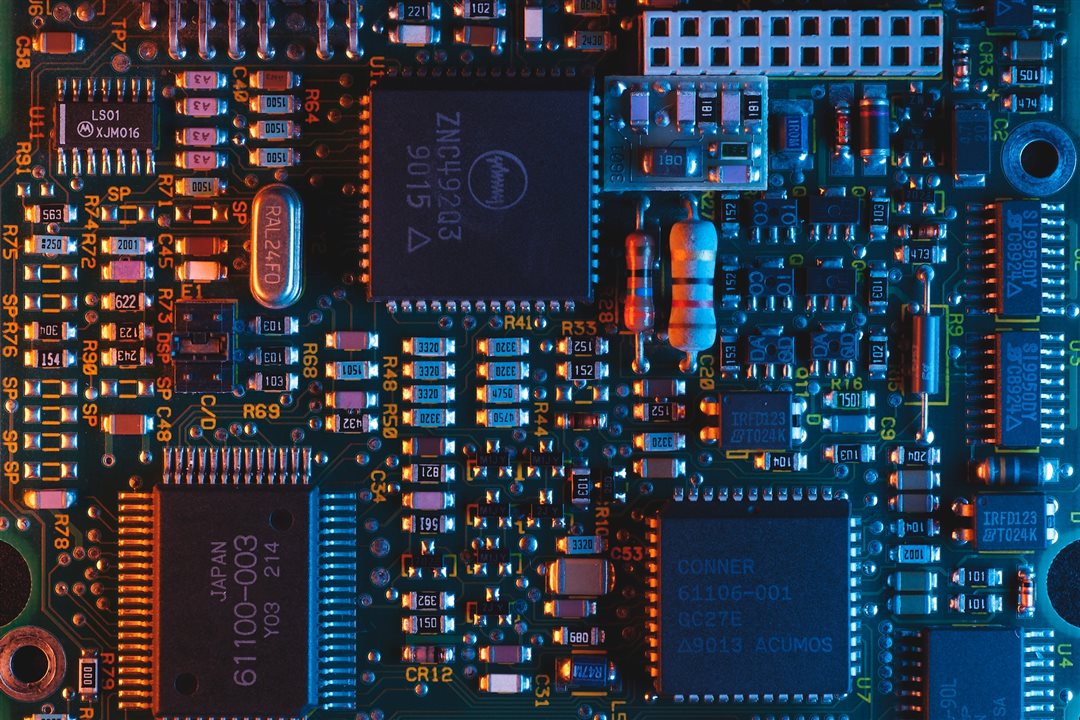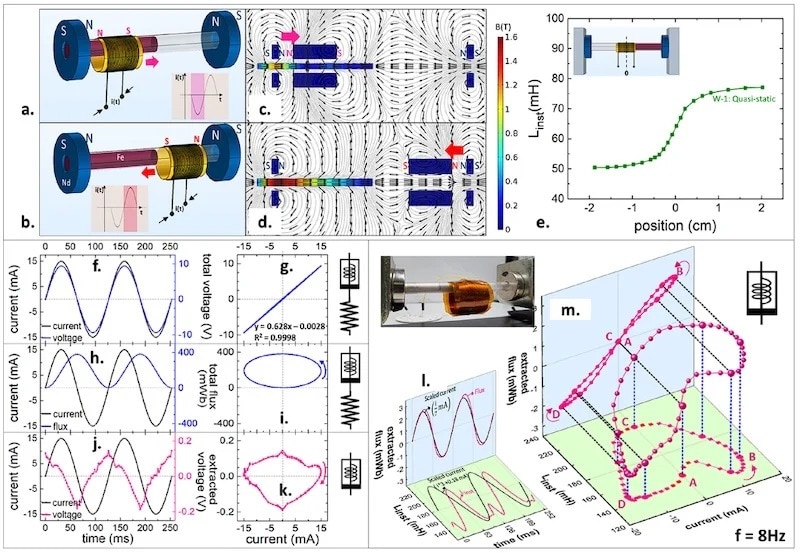
Texas A&M University engineers exhibited meminductance with their latest new circuit element discovery called the meminductor. Other researchers discovered two different types, including the memristor in 2008 and the memcapacitor in 2019. These "mem" components have been used in AI/ML and computing applications. Applicable use cases for the circuit elements could expand while researchers learn more about them.
"Those two discoveries set the world a little bit on its head as far as electrical engineering," Dr. H. Rusty Harris, associate professor in the Department of Electrical and Computer Engineering at Texas A&M University, said. "All of the sudden, we thought we had three, but now we found these two others. And so that led us to think, 'OK, there's got to be more then, but how do we understand what they are? How do we map all of these things relative to each other?' And it turns out; there is a relationship between each of the resistors and its family and each of the capacitors and its family."
The team developed a two-terminal passive system mostly comprised of an electromagnet interacting with two permanent magnets. This tested the inductor's magnetizing field strength and magnetic flux density. With this approach, the researchers demonstrated the pinched hysteresis curve within the inductor, leading to the mem-state characteristic "by the same definition that the memristor and memcapacitor were realized."

In their experiment, the team demonstrated the meminductor can remove the resistance effects while demonstrating meminductance. (Image Credit: Nature Scientific Reports)
Their discovery completes the variations of "mem" standard circuit components. However, this component isn't a complete meminductor. Instead, it serves as a normal inductor that exhibits meminductance. The team wants to make improvements on their finding and create a purely functioning meminductor. The team thinks they can achieve this at very low temperatures.
The meminductor could lead to more efficient computing while consuming less power in reactive devices. It may also be useful in AI/ML applications by providing better neuromorphic computing, achieving hardware-enabled performance boosts. In addition, high-performance computing fields can benefit from this component due to its programmable properties, leading to high-density or complex calculations in memory without a huge CPU computation load.
"New discovery is very exciting," Harris said. "And the student-professor interaction on this project was beautiful. During our brainstorming sessions, we fed off each other — I learned new things based on my discussion with him, and he learned new things based on my experience."
Have a story tip? Message me at: http://twitter.com/Cabe_Atwell
